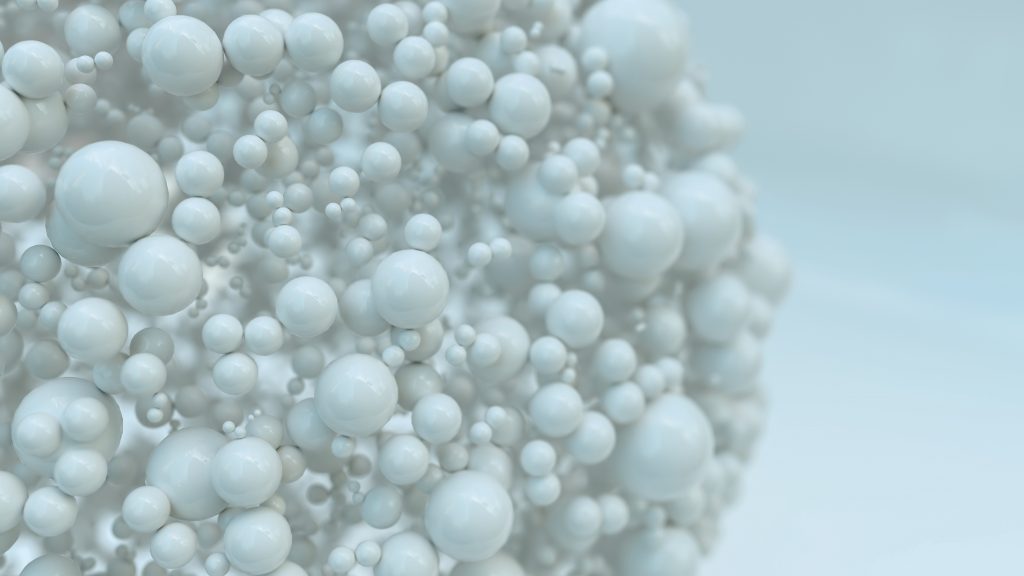Andras Deak
Journal of Physical Chemistry C 124
Introduction
Precise measurements of light scattering by single Au nanoparticles can give detailed insights into the physical and chemical molecular processes on the particle surface.
Nanotechnology and plasmonics play an important role in applications and research related to biochemical sensing as the interaction of metallic nanoparticles with light is extremely sensitive to the physical and chemical environment.
For many applications of nanoparticles the properties and chemical composition of their surface play a crucial role in how they are being used experimentally. As nanoparticles are often created in chemical processes, molecules and surfactants that are necessary for reliable production quality will be adsorbed and bound to their surface.

Researchers around Andras Deak from the Centre for Energy Research in Budapest (Hungary) are interested in understanding the chemical processes happening on the surface of gold nanoparticles. In a recent article they report on experiments where they monitor binding of thiols, organic sulfur molecules, to particle surfaces. According to the researchers “the strong gold-sulfur bond provides a convenient way for a myriad of surface modification strategies that have been exploited with great success over the past few decades” making these molecules particularly interesting for applications.
To investigate the effects on the surfaces, the researchers perform micro-spectroscopy to measure the darkfield scattering spectra of individual nanoparticles to show the replacement of the original CTAB (hexadecyltrimethylammonium bromide – a commonly used surfactant in nanoparticle synthesis) capping layer with 2 different kinds of thiols.
The experiments use the high sensitivity of the plasmonic resonance effect in the gold particles to the dielectric environment that is influenced by the surface adsorbed molecules. Specifically, previous measurements have shown that the width of the resonance increases due to a process called chemical interface damping – when thiols bind to clean surfaces. The researchers find that similar observations give insight into the ligand replacement process performed in the reported experiments.
The experiment setup for measurements on single nanoparticles uses an Olympus BX 51 microscope equipped with a piezo stage for precise positioning of samples. The article describes that “the microscope is coupled to an aberration corrected imaging spectrograph (Princeton Instruments Isoplane SCT320 with PIXIS:400BRX -70°C cooled CCD camera).”
The darkfield scattering spectra show a fairly sharp resonance peak that is analyzed using a simple harmonic oscillator model so the peak is fitted by a Lorentzian response function to extract the position and width of the lines. Observing the shifts and broadening of the plasmonic resonance for different concentrations of the investigated chemicals shows the degree of binding and replacement of the original capping layer.
The researchers conclude that their measurement scheme of careful observation of the position and width of the plasmon resonance peak is working well for monitoring ligand exchange on particle surfaces. Based on this technique the team was able to conclude that their results “highlight the central role of intermolecular forces in the surface modification process.”


